The Reserve Bank of India (RBI) has kept the repo rate unchanged at 5.5% following the conclusion of its Monetary Policy Committee (MPC) meeting on August 6, 2025. RBI Governor Sanjay Malhotra stated that the central bank would continue with a ‘neutral’ policy stance, allowing flexibility to respond to evolving economic conditions, especially amid global trade uncertainties and subdued inflation. This pause in rate changes follows a cumulative 100 basis points cut earlier in the year—25 bps each in February and April, and a larger 50 bps reduction in June. The repo rate remains aligned with the RBI’s current outlook, which sees a balance between domestic recovery and external risks.
The RBI retained its GDP growth forecast for FY26 at 6.5%, with quarterly estimates remaining stable: 6.5% for Q1, 6.7% for Q2, 6.6% for Q3, and 6.3% for Q4. CPI-based inflation projections have been sharply revised downward to 3.1% for the fiscal, from 3.7% earlier. For the July–September quarter, inflation is expected to average just 2.1%, down from the previous estimate of 3.4%. The June CPI figure came in at 2.1%, the lowest in 77 months. Governor Malhotra highlighted that rural consumption continues to support growth, while urban discretionary spending remains tepid. He also noted that fixed investment activity is being bolstered by strong government capital expenditure.
In addition to the rate decision, the RBI announced measures to enhance consumer access to financial services. These include continued Jan Dhan scheme outreach through nationwide banking camps, standardisation of settlement procedures for claims on seized bank accounts and lockers, and expanded functionality in the RBI Retail platform. While repo-linked loan rates remain unchanged, banks may revise MCLR-linked loan rates. Fixed deposit rates continue to offer over 7.25% in many tenures, particularly benefiting senior citizens. The central bank’s decision reflects a cautious but supportive approach, aimed at sustaining domestic growth momentum while monitoring global economic developments.
Industry Experts Opinion
Mr. Raghav Malhotra, Founder and Director, PRIME Developments

“The real estate sector is hopeful with the RBI’s August 2025 repo rate decision on keeping the rates unchanged at 5.50%. It will provide confidence in home loan EMIs, enhancing affordability for first-time buyers and fueling festive season demand. This would drive project launches and completions, aligning with heightened Diwali demand. Given a stable inflation and GDP, and a stable repo rate, consumer confidence remains positive with better clarity in the housing finance ecosystem, along with heightened festive buying, and sustained market growth.”
Mr. Sharad Mittal, Founder & CEO, Arnya Realestates Fund Advisors

“After three consecutive rate cuts, the RBI’s Monetary Policy Committee (MPC) has decided to keep the repo rate unchanged at 5.5%, while maintaining a neutral stance, indicating a cautious approach amid mixed economic signals. For the real estate sector, this means borrowing costs will remain at multi-year lows for both consumers and developers — supporting credit growth and sustaining market confidence. By allowing the cumulative 100 basis points in rate cuts announced earlier to fully percolate through the economy, the RBI is encouraging stable planning and investment during a period of both domestic and global uncertainty.
On one hand, retail inflation eased in June 2025 to 2.1%; on the other, new global uncertainties have emerged — such as U.S. tariffs on Indian exports and resulting rupee volatility. The RBI has retained its GDP growth forecast for FY26 at 6.5%, while revising its inflation forecast downward to 3.1%.”
Mr. Abhishek Raj, Founder & CEO, Jenika Ventures
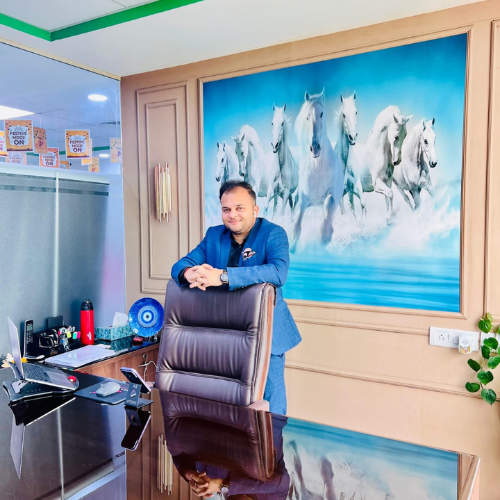
“We acknowledge the RBI’s prudent decision to maintain the current repo rate, which reflects its continued focus on price stability amidst evolving global and domestic conditions. While the status quo supports macroeconomic resilience, a more accommodative stance could have given added support to real estate, especially at a time when consumer sentiment is gradually improving. For homebuyers and developers alike, affordable credit access continues to be a prime catalyst of housing market momentum. At Jenika Ventures, we believe that consistent policy support via enhanced liquidity channels and targeted incentives for affordable and sustainable housing will be instrumental in accelerating sectoral growth. We are optimistic about the long-term trajectory of Indian real estate and encourage further cooperation among regulators, financial institutions, and developers to maximize the sector’s potential.”
Mr. Robin Pahuja, Co-Founder & Managing Director, ElitePro Infra

“We applaud the RBI for keeping its steady and balanced approach in this current monetary policy announcement. Keeping the repo rate constant reflects the central bank's adherence to macroeconomic stability in a world with increasing uncertainties and inflationary pressures. From the real estate and infrastructure point of view, a stable interest rate regime brings much-needed stability to strategic planning and long-term investments. Yet, we are of the opinion that a rate cut would have further spurred demand, particularly in high-growth urban regions where infrastructure-driven growth is in overdrive. From our perspective at ElitePro Infra, there is great opportunity in aligning infrastructure expansion with housing demand. Policymakers must continue encouraging ease of credit, enhancing access to liquidity, and implementing sectoral incentives that promote sustainable growth. A partnership between government, RBI, and industry players will be central to leading inclusive and future-proof urban development.”
Kishor Fogla, Founder, Yellow Slice

“With the repo rate held steady at 5.50%, the growing Indian UI/UX sector sees both an opportunity and a responsibility. As financial conditions remain accommodative, startups and established companies can access affordable capital to invest in digital experience design. Predictable financing expenses enable tech companies to consider increased resource allocation toward interface-building, product redesign, and customer journey innovations. Backed by a confident business outlook, brands are seeing sustained demand for smooth, intuitive digital interfaces as more consumers transact and engage online. The stable monetary policy, in turn, encourages the UI/UX industry to collaborate more closely, strategize hiring, and experiment with emerging design trends in an increasingly competitive digital economy.”
Delphin Varghese, Co-founder & Chief Business Officer, AdCounty Media

“If anything, the RBI's decision to keep the repo rate unchanged at 5.50% goes a long way in stabilizing borrowing costs and keeping marketing and advertising budgets predictable for Indian brands. Some advertisers are likely to keep current ad spending or only gently expand their ad budgets, particularly as consumer sentiment rises on the back of greater economic stability — due in part to corporate loan rates being largely flat. This stability allows advertising agencies and media platforms to do what they do best — plan campaigns and creatively innovate brand experiences — albeit with less financial worry. Although momentum has not yet accelerated, the sustained rate adds to business confidence, promotes integrated campaigns, and encourages new content investments. Essentially, the sector can take a breather from past successes while delivering ROI-driven benefits to brands across both digital and traditional outreach.”
Mr. Sunny Bijlani, Managing Director - Supreme Universal

"RBI continues to signal its commitment by keeping the repo rate unchanged at 5.5% to nurture the economic growth while maintaining inflation in check. This policy consistency provides much-needed stability at a time when domestic activity needs support and global conditions are uncertain especially in light of the recent 25% tariff move by the US President, which has added volatility to international trade dynamics. For the real estate sector, stable rates help preserve home loan affordability, enabling homebuyers to confidently plan long-term investments. We expect this stance to sustain demand, where buyers look for both lifestyle upgrades and long-term capital appreciation.
Additionally, continued infrastructure development, controlled inflation and rapid urbanisation will keep India’s housing market attractive to both domestic and NRI buyers. Policy stability, combined with innovative product offerings and rising aspirations, is poised to drive steady growth across the real estate value chain."
Mr. Ashok Kapur, Chairman, Krishna Group and Krisumi Corporation

"The RBI’s decision to keep the repo rate unchanged reflects a balanced approach amid ongoing global uncertainties. While a rate cut—as the real estate sector at large was hoping for—would have further accelerated the demand for homes across segments, borrowing costs continue to remain at relatively accommodative levels, supported by the cumulative 100 basis points reduction earlier this year. As a result, the growth of the housing market will likely continue on its upward trajectory.
With the festive season approaching, stable interest rates and the continued transmission of past rate cuts are expected to keep housing demand buoyant—particularly in the mid and premium segments. Backed by a positive buyer outlook and attractive developer offerings, market sentiment remains strong, and we anticipate steady sales momentum in the months ahead."
Mr. Sushil Bedarwal, CMD, Bedarwal Group

"The RBI’s decision to pause the ongoing rate cut cycle is in line with the prevailing economic indicators and the current geopolitical environment. It is also important to note that the market is still in the process of fully absorbing the impact of the last three consecutive rate cuts, which together amounted to a significant 100 basis points reduction. The benefits of these cuts are expected to gradually reflect in improved credit offtake and increased consumer spending, particularly in the retail and housing sectors.
The encouraging news is that India’s economic growth continues to be resilient. If macroeconomic conditions remain stable and supportive, we anticipate the RBI may resume the rate cut cycle with a further reduction of 25–50 basis points during the remainder of this calendar year."
Mr. Sandeep Aggarwal, Chairperson and Managing Director, AIL Developer

"We welcome the RBI’s continued focus on maintaining financial stability and curbing inflation through a calibrated monetary policy. The decision to maintain the repo rate at its current level reflects a cautious yet pragmatic stance, balancing growth with price stability. From a property viewpoint, though stable interest rates do bring some relief to developers and homebuyers alike, a cut in rates would have further gained strength for housing demand, particularly in mid-income and affordable segments. The industry is heavily dependent on stable consumer sentiment that is directly related to borrowing costs. We are optimistic about the long-term real estate industry fundamentals and encourage the central bank to take growth-supportive measures in future policies. Facilitating liquidity, enhancing credit flow to the industry, and encouraging home ownership will be instrumental in propelling the next phase of urban development and infrastructure expansion."
Mr. Adil Altaf, Managing Director, Trinity

“The RBI’s decision to maintain the repo rate at 5.50% post the MPC meeting brings stability to the housing sector. While homebuyers hoping for lower EMIs might feel a slight pause, this steady rate ensures predictable borrowing costs, fostering confidence among buyers and developers alike. There is consistent liquidity in the housing segment. For families dreaming of their first home, this signals a reliable market to plan their purchase.”
Ms. Manju Yagnik, Vice Chairperson of Nahar Group and Senior Vice President of NAREDCO- Maharashtra

"By maintaining the repo rate at 5.5 per cent, the Reserve Bank of India is signalling a continued focus on balancing growth and inflation. With retail inflation cooling to a six-year low around 2.1 per cent in June and price pressures under control, the decision appears prudent and timely. Moreover, the recent imposition of a 25 per cent U.S. tariff on Indian exports adds uncertainty to global trade flows, making this cautious, steady policy stance even more relevant. For the real estate sector, a stable rate means continued affordability of home loans especially critical in a market already seeing robust interest among mid- and premium-segment buyers. As we progress into FY26, this policy pause is likely to maintain homebuyer confidence and support sustained demand in high-growth micro-markets. Combining rate stability with strong urban infrastructure momentum and growing aspirations for lifestyle-driven housing, we expect this period to attract new buyers and investors alike, reinforcing long-term sector resilience."
Mr. Yashank Wason, Managing Director, Royal Green Realty

“The Reserve Bank of India’s decision to keep the repo rate steady at 5.5%—following a cumulative cut of 100 basis points earlier this year—offers a strong signal of stability to the real estate sector. By ensuring predictable borrowing costs, this move bolsters consumer confidence, particularly among home loan borrowers who have already gained from earlier rate reductions. With retail inflation easing to a six-year low of 2.1% and GDP growth holding strong at 7.4%, the RBI’s pause reflects confidence in India’s economic fundamentals. This stable interest rate environment is expected to sustain property demand, creating favorable conditions for both buyers and developers.”
Mr. Dharmendra Raichura, VP and Head of Finance, Ashar Group

"The RBI’s decision to hold the repo rate at 5.5% signals a sensible, growth-focused stance in the face of easing inflation and an uncertain global outlook. Following the recent 25% tariff imposed by US President Trump, which has added pressure to the economic cycle, maintaining rate stability provides much-needed reassurance especially for interest-sensitive sectors like real estate. For homebuyers, unchanged rates ensure continued affordability of home loans and support plans to upgrade to larger, future-ready homes. This steady policy direction is set to further strengthen the growth witnessed in dynamic markets such as MMR and Thane over recent quarters.We believe that a stable monetary environment, combined with rising incomes and sustained infrastructure development, will keep housing demand healthy through FY25, as buyers increasingly seek reliable developers, superior construction quality, and long-term value from their real estate investments."
Shashi Bhushan, Chairman of Board, Stellar Innovations

“The RBI’s decision to hold the repo rate at 5.50% provides India’s tech sector with a stable and moderately optimistic funding environment. Following a cumulative 100-basis-point reduction earlier this year, startups and mid-sized enterprises have greater capacity to invest in R&D, hiring, and digital transformation initiatives. Continued lending from NBFCs and banks also positions IT exporters and SaaS startups more advantageously than in previous years. However, industry leaders must balance growth ambitions with caution, considering looming tariff risks and global uncertainties. Overall, a stable repo rate creates a practical runway that supports both incremental innovation and deep, long-term digital bets in India’s rapidly advancing tech ecosystem.”
Mr. Sudeep Bhatt, Director Strategy, Whiteland Corporation

“The RBI’s decision to maintain the repo rate at 5.50% is a strong positive for the Delhi NCR housing market. We've seen steady growth following previous rate cuts this year. For homebuyers, it ensures a stable interest rate environment, boosting confidence. For developers, the pause allows focused project planning and execution without concerns over rising borrowing costs, supporting a robust pipeline for new launches. This will help sustain demand momentum. It’s a clear signal of continued housing sector growth and we expect sentiment across the region to remain optimistic.”
Way Forward:
The RBI’s decision to maintain the repo rate at 5.5% underscores a calibrated policy stance focused on supporting domestic economic recovery while managing external risks. With inflation easing and GDP growth projections stable, the current interest rate environment offers predictability for borrowers and developers alike, particularly in the housing sector. While the industry had anticipated a further rate cut to amplify demand, the stability in borrowing costs continues to aid affordability and investment planning. Going forward, the real estate sector is expected to benefit from cumulative past rate reductions, strong festive demand, and continued infrastructure push. Stakeholders anticipate further policy support through liquidity measures and targeted interventions that can unlock long-term housing demand, especially in mid-income and affordable segments, while sustaining momentum in premium and NRI-driven markets.





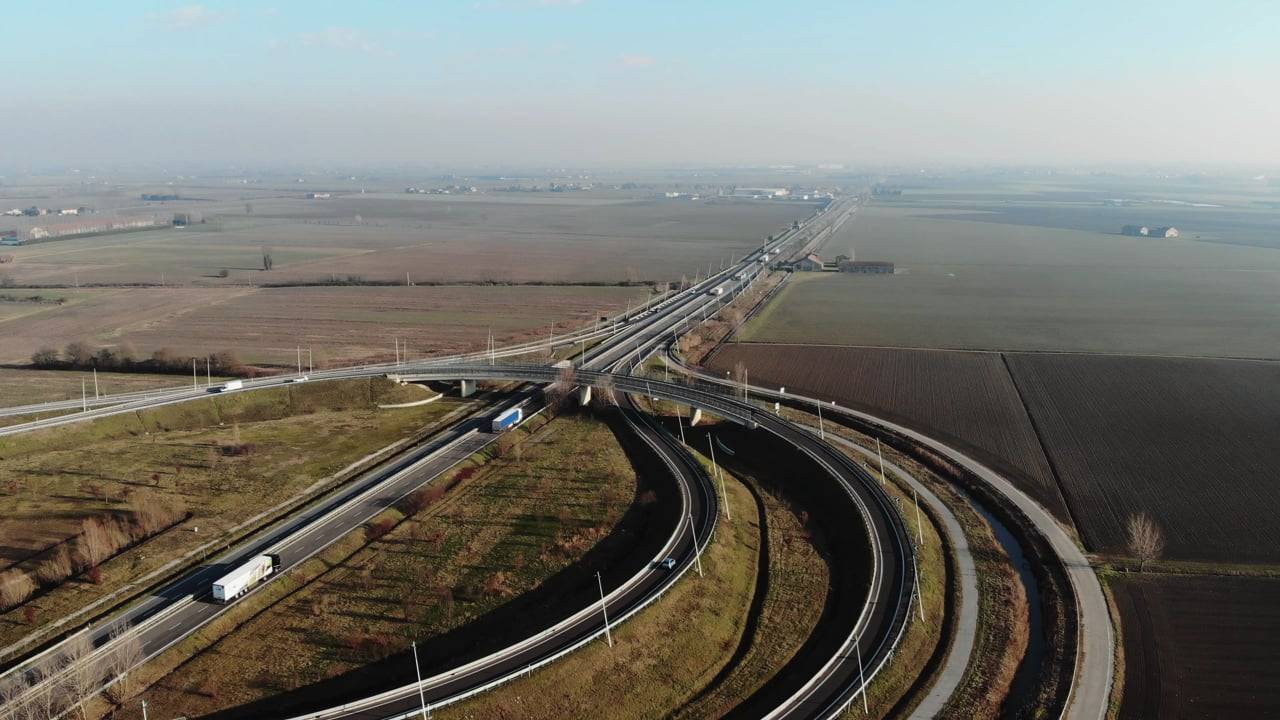
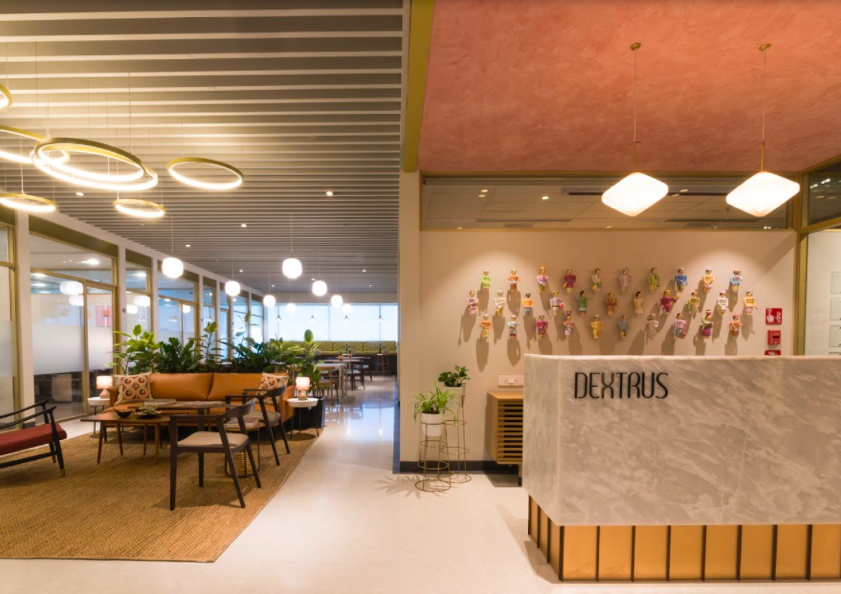
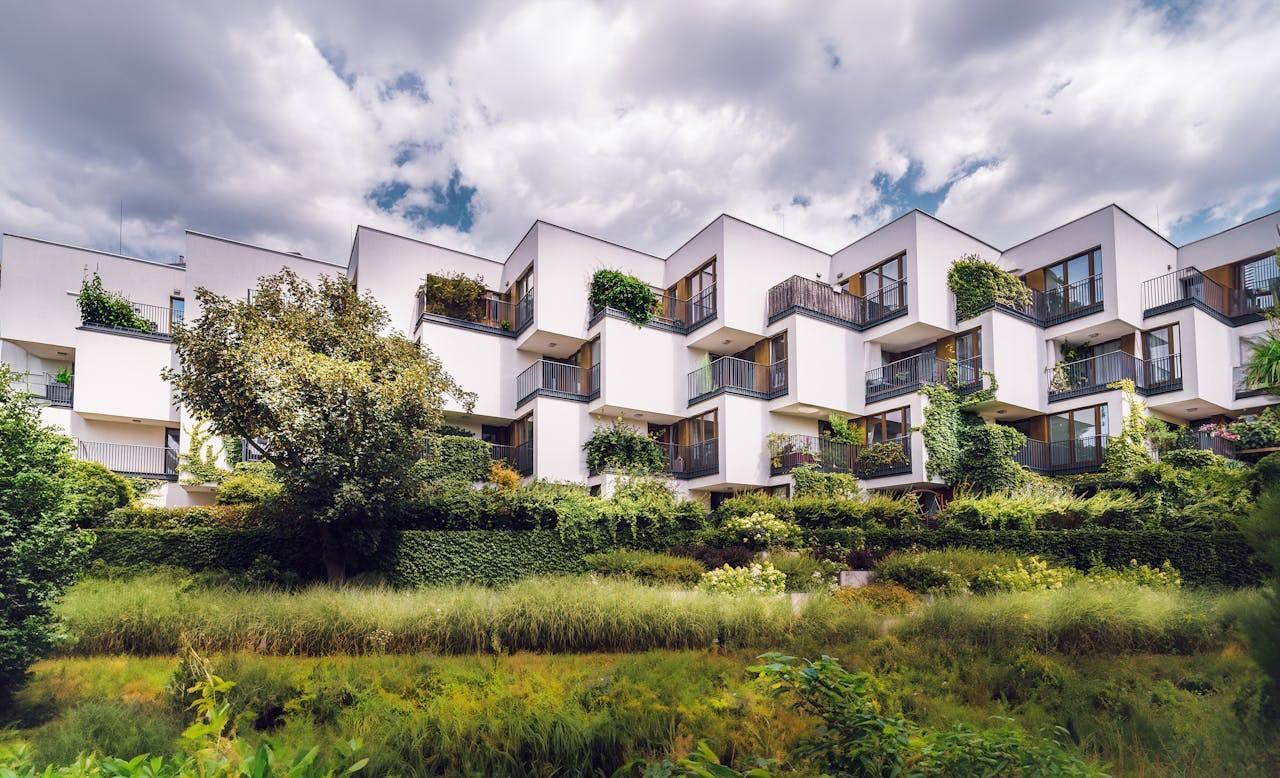
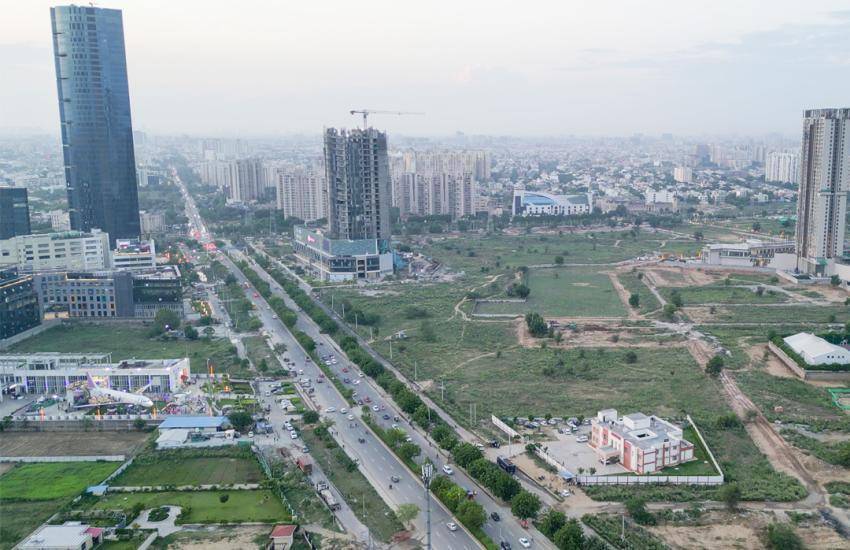
.png)